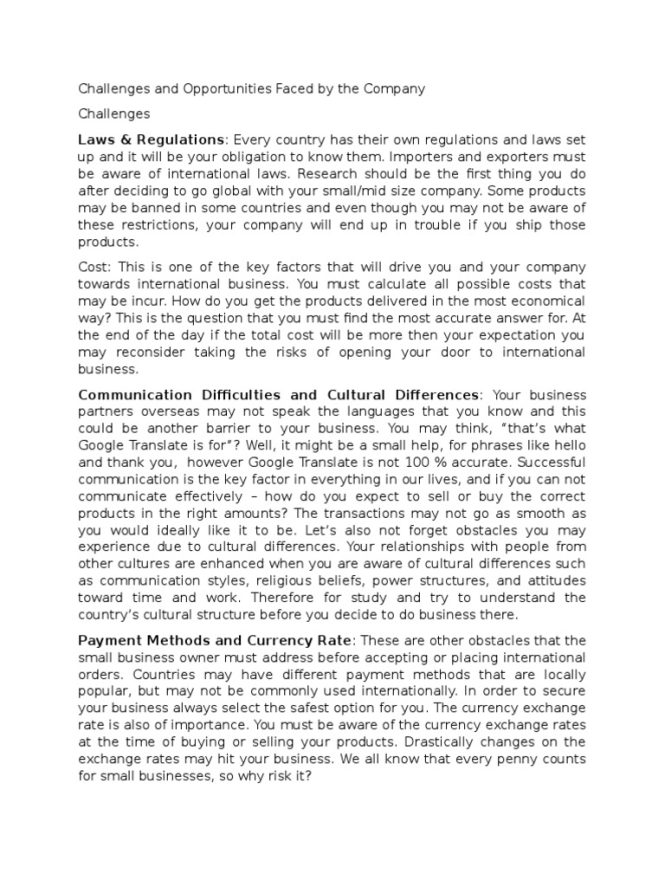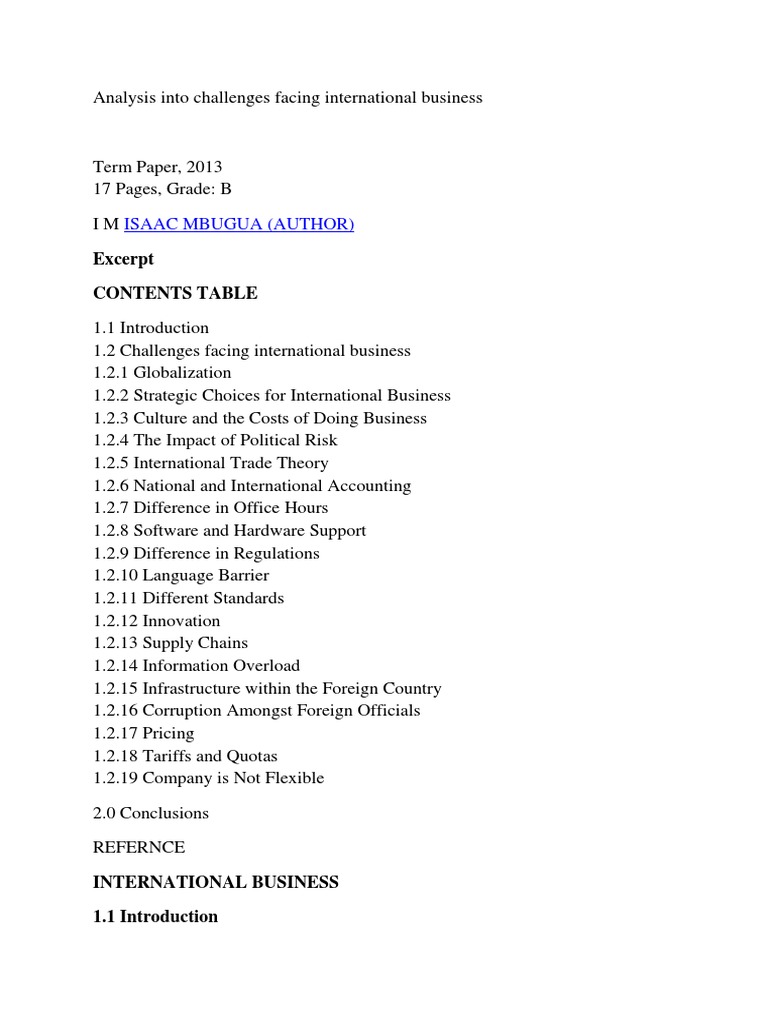

Adapting business strategies for different international markets presents a unique set of challenges. Successfully navigating these hurdles is essential for any business aiming to expand its reach beyond domestic borders. This article delves into the multifaceted struggles businesses face when trying to tailor their strategies for international markets, and will provide solutions and strategies for a smooth transition. We’ll explore the complexities involved in adapting marketing materials, product offerings, and business models to local preferences and regulations. The structure of this article is designed to guide you through the essential elements involved in adapting your business strategy—from meticulous market research to effective localization strategies.
Market Research: Unveiling the Unique Landscape
Deep Dive into Local Preferences
Understanding the target market is paramount in any international expansion endeavor. Thorough market research allows businesses to uncover local preferences, cultural norms, and competitive landscapes. Without proper research, a business risks misjudging consumer needs, leading to product failures or ineffective marketing campaigns. For instance, a company selling clothing in a culture that prioritizes modesty might need to adjust its product offerings to comply with local customs. Additionally, conducting competitive analysis is crucial for developing a sustainable competitive advantage. Analyzing the strategies of existing players in the target market, understanding their strengths and weaknesses, allows you to create a unique selling proposition that resonates with local consumers. A detailed analysis of the economic climate, demographics, and purchasing power of the target market is equally critical. This can help tailor pricing strategies and product offerings, allowing the business to remain profitable and relevant in the new market. It’s critical to assess legal frameworks, including regulations, permits, and intellectual property protection laws in the target market.
Localization: Bridging Cultural Gaps
Tailoring Products and Services
Localization goes beyond simple translation. It involves adapting products, services, and marketing materials to resonate with the local culture. For example, a product marketed as environmentally friendly might need a different messaging strategy depending on the country’s environmental concerns. Consider adjusting your marketing campaigns to reflect local values and traditions. Using local influencers and collaborators can significantly enhance your brand’s credibility and help create a more meaningful connection with consumers.
Adapting Business Models: Navigating Local Needs
Diversification of Product Offerings
Successfully adapting a business model for an international market often involves diversifying product offerings or services to cater to specific local needs. This may require a deep understanding of the local regulatory environment. This is vital for long-term sustainability. For instance, a company selling consumer electronics might offer different models tailored to local electricity standards. Furthermore, consider the legal and regulatory implications of adapting your business model to comply with the new market. These factors can impact everything from the ways you conduct business to the structure of your company, so taking the time to research them thoroughly is vital. For example, if operating in a country with stringent labor laws, you may need to implement new protocols and practices to maintain compliance. An excellent example of model adaptation is Nike, which adjusts its product offerings to local demands across the globe.
Building a Globally-Minded Workforce
Fostering Collaboration and Cross-Cultural Communication
Recruiting and developing a workforce that understands and respects diverse cultural perspectives is crucial for international success. Companies should actively cultivate a strong sense of global collaboration, understanding, and communication. Building a team of local employees who understand the market nuances is crucial in tailoring your offerings and marketing strategies for success. Companies should invest in programs for cross-cultural communication training and create opportunities for team members to interact with people from diverse backgrounds. Building such a workforce allows a company to develop stronger ties and an understanding of the market—a key component for building relationships in foreign markets. A successful global strategy requires an understanding of and respect for diverse perspectives.
Managing Risks and Challenges
Navigating Cultural and Linguistic Barriers
International expansion often comes with unique risks and challenges, from navigating complex legal and regulatory environments to managing logistical hurdles and communication differences. It is crucial to have contingency plans in place to manage risks associated with these challenges. Risks can include cultural misunderstandings, differences in communication styles, and unpredictable economic fluctuations in the target markets.
How do I conduct thorough market research in new markets?
What are the common cultural nuances that businesses should consider during expansion?
How can businesses ensure effective communication across diverse cultures?
What are the potential risks and challenges of international expansion?
Frequently Asked Questions
What are some key steps to successfully adapt business strategies to international markets?
Thorough market research is the bedrock of successful internationalization. Comprehending the local culture, consumer preferences, and competitive landscapes is crucial. Secondly, localization is paramount—tailoring products, services, and marketing to resonate with the target audience. Third, adapting your business model to accommodate local regulations and needs is essential. Finally, building a diverse and globally-minded workforce that understands cross-cultural communication can mitigate potential misunderstandings.
In conclusion, adapting business strategies for international markets is a multifaceted challenge demanding meticulous planning and execution. Understanding cultural nuances, legal frameworks, and competitive landscapes is crucial for success. This article has provided a comprehensive overview of the struggles and solutions for effective international market adaptation, offering a roadmap for businesses navigating this complex terrain. By thoroughly researching target markets, employing robust localization strategies, and fostering a globally-minded workforce, companies can better position themselves for sustainable growth and profitability in the international arena. Ready to expand your business internationally? Contact us today for a consultation!